Four crucial events ahead for digital in H2-2020
The current position for ecommerce in the UK is one of sales stabilisation combined with new growth, but there are a series of potentially difficult challenges ahead.
The swing to ecommerce seen during lockdown isn’t crumbling away. Both the ONS report for June and new data from the British Retail Consortium confirmed earlier transaction data, indicating that retail sales had almost recovered to their pre-pandemic levels. This countered more gloomy previous forecasts.
UK retail spending returns to growth
Driving this retail recovery, every month from April onwards has seen over 30% of retail sales online, compared to a slower growth from 15% to just under 20% in the three years before the pandemic.
Four crucial events to plan for
With conditions for ecommerce stabilising, now is the time to plan for a further series of shocks and opportunities. Below, we outline four crucial deadlines and time periods:
End of furlough
Covid’s continuing effect
Black Friday
End of Brexit transition period
and provide a key point for digital marketing for each.
End of October: Furlough scheme over
The end of furlough will likely mark the real beginning of a period of recession in the UK, so far held in suspenion by unprecedented government support during the pandemic.
The ONS has confirmed today that UK employment in the last quarter fell by 220k, the first decrease since the 2008 financial crisis. This is a sign of difficulty which points to a much more turbulent economic landscape ahead as the furlough scheme ends and economic growth stalls or reverses. Unemployment will increase considerably as the real impact of Covid is unveiled.
The test ahead is the end of the UK furlough scheme and how this is managed. This is currently due at the end of October. There will be government help schemes for workers previously furloughed, who find themselves facing unemployment.
Announcements on the extent and nature of post-furlough help schemes will be crucial for understanding how November and December - peak periods for retail - will pan out in terms of consumer sentiment and demand across every vertical.
The 2008 crisis is the best guide for modelling the effect on business in each sector. We can expect a further deepening reliance on online commerce; new start ups and business models challenging the status quo; and a changed competitive landscape with preservation of profit margins at its core. Brands who can grow in market share during a recession can be set for a further cycle of growth when the economy itself returns to growth.
Autumn and Winter: COVID-19 second waves
Regional lockdowns across the UK are ongoing and are likely to continue. Although mortality rates are levelling off, we can’t assume that the UK will find an easy one-way path beyond COVID. A larger UK-wide second wave is possible, but the extent of lockdown restrictions which followed would be the crucial factor for businesses to plan for. Lockdown restrictions are unlikely to be as total as before - they might be modified by track and trace, by government resources available to feasibly support further furlough schemes, and by regional infection patterns which might make a regional approach more optimal.
Ensuring flexibility for regional level spend and campaign planning makes sense for marketing and digital in particular now.
Tracking changing demand patterns regionally and in real time will be key for scaling activity across the UK effectively with faster moving change and deeper variation than before.
27th November: Black Friday sales
Black Friday is likely to be bigger than 2019 in demand levels and in discounts offered by retailers. As with the overall trend for retail recovery, discretionary spend which is not going to entertainment and food industries will continue to go into retail, and this will particularly concentrate on sale periods.
2019’s Black Friday period saw a longer sale with less demand concentrated on a single day, as well as a swing online. The two trends are interconnected and both should continue this year.
A key part of online growth has been from older demographics, who had resisted using ecommerce before. Planning sales and messaging to retain these new converters needs to be part of Black Friday, Christmas and New Year sales planning.
31st December: Brexit transition period ends
Image from the government’s ‘Check, Change, Go’ campaign
Combining with the global health crisis, current Brexit trade negotiations followed by the actual implications of Brexit coming into force at the end of the year are also a source of instability for any forecast for H2 2020 and 2021. The Brexit transition period ends on 31st December. This date will mark the actual exit from the EU customs union and the single market. We will focus further on this in future Digital Briefings, but two key points are:
Data protection and divergence from EU regulations. GDPR won’t change, and we can expect tighter UK regulation for online marketing and tracking to come, following some of the recommendations of the Competition and Markets Authority report on ecommerce.
Brands need to strategise around offering and maintaining ‘value for money’ perceptions in 2021. Value propositions and discount sales need to be managed against possible uncertainty and currency fluctuations, in particular at the start of 2021 during the traditional New Year sale period.

